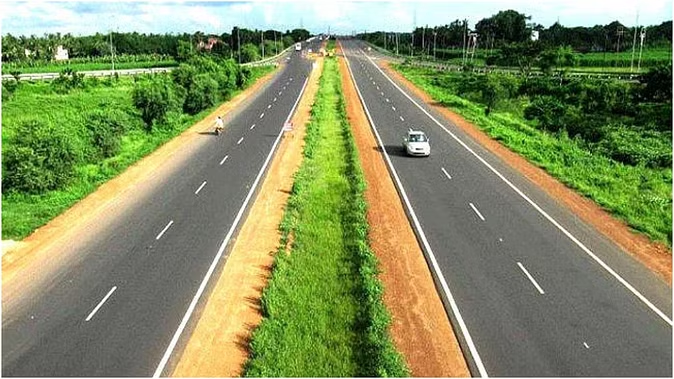Appendicitis is one of the fastest-growing diseases worldwide. One in 20 people in the United States is at risk of appendicitis at some point in their lives. The disease mostly affects people between the age group of 10-30 years. Appendicitis causes pain in the lower right side of the abdomen, although most people ignore this pain as normal or a gas problem. This can lead to a serious condition, for which all people need to take special precautions.

Doctors say although appendicitis can happen to anyone, its risk is seen more in teenagers and adults. It is very important to identify its symptoms in time and get them treated, otherwise, there may be a risk of the disease taking a serious form.
Let us understand about this disease.
Know about appendicitis
Appendicitis occurs when your appendix becomes inflamed. If appendicitis is not recognized or treated in time, it can lead to a rupture of your appendix. It is important to know here what is an appendix.

Doctors explain that this is a small pouch attached to the intestine which is located in the lower right part of your abdomen. When your appendix becomes blocked, bacteria can grow inside it, which can lead to pus formation and inflammation, which causes abdominal pain. Appendicitis can also block blood flow.
How to identify the problem of appendicitis?
For timely recognition of appendicitis, it is very important to know about its symptoms. Its pain often begins with mild cramping in your upper abdomen or belly button area that progresses. Apart from this, you may have some other types of problems.
Sudden onset of pain, mainly on the right side of the lower abdomen.
Aggravation of pain on coughing, walking, etc.
Loss of appetite.
Mild fever, which may increase as the disease progresses.
Persistent constipation or diarrhea and abdominal bloating.
What are the causes of appendicitis?
A blockage in the lining of the appendix resulting in infection is thought to be a possible cause of appendicitis. In case of infection, bacteria multiply rapidly, causing inflammation and a pus-filled appendix. If it is not treated on time and the appendix bursts, there is a risk of increasing abdominal infection. That's why this problem must be treated in time.

Treatment of appendicitis
The only treatment for appendicitis is surgical removal. After the removal of the appendix, antibiotics are given, the course of which must be completed.
There is no sure way to prevent appendicitis. But you can reduce its risks by consuming a fiber-rich diet. The problem of appendicitis is more in men than in women, people who have had this problem before in the family, it is more at risk.
(PC: Freepik)










